Force Sensing Capacitive Screen | Touch with Pressure Control
News
Aug-20-2025
What is a Force Sensing Capacitive Screen?
- A force sensing capacitive screen is a kind of touchscreen in that, in addition to a touchscreen that identifies where a touch happens, a force sensing screen measures the amount of pressing/touch pressure. This high technology incorporates capacitive pressure sensors and force sensor arrays, as compared with the ordinary capacitive screens that respond to the electrical property of a human body.
- The fact that there is an added feature, further means that there could be several levels of pressure that could simply be entered through which a greater level of precision would be experienced in its interactions e.g. it could zoom in by applying higher pressure, read through its preview by pressing lightly and also use high pressures in its creative functions whether in drawing or even in games.
What is Force-Sensing Touchscreen?
Touchscreen in capability force sensitivity is built on the touch sensors embedded and capacitive sensors IC to obtain the force readings. The screen is apt to confuse several senses of levels:
- Capacitive Touch Layer: sensing the location point of the touch through the use of mutual or self-capacitance.
- Force Sensor Layer: The velocity of the force that is being exerted is calculated through an analog pressure reading or a piezoelectric cell.
- Signal Processing Unit: Writes what is enforced into digital data and provides the information to the operating system of the equipment, such that a user can interact with it.
This enables the pressure-sensitive gestures to be executed in a way that would portray more of a tactile touch control and gives the impression of dynamic input.
Capacitive/Screen Vs. Resistive/Screen Sensing
Resistive and capacitive touch screens are at times confused, especially when considering the ability to be pressure-sensitive. The resistive screens also feel the pressure but do not feel it in the electronic sense, but must have there exist some point of physical contact to feel a touch. On the other hand, capacitive screens are described as:
Tactile Sensitive
- Greater resistance to wear
- 1Quickened response
- Multi-touch allows the pressure of fingers
In capacitive pressure sensors, the users have the experience of a more natural touch, which is associated with easier gesture recognition that is felt by them than the outdated resistive sensors users have always experienced.
Advantages of Force Sensing in Capacitive Touchscreen
The use of capacitive force sensing technology promises a package of benefits to the user as well as to the manufacturers as follows:
- Improved touch sensitivity: Senses the slight variants of touch.
- Real-time Force Feedback: Provides haptic feedback at their occurrence.
- Touch Intelligent controls: can make complicated commands and gestures possible.
- Enhanced Usability: A lot is done by a person squeezing on just a small portion of the screen.
- Enhanced UX /UI Design: Help adoption of the response to the pressure that is responsive to the intent of the user.
Smartphone displays, wearable technology and game consoles, high-quality medical-grade touchscreens, and the passenger-facing capacitive displays of cars have already been disrupted by this type of innovation.
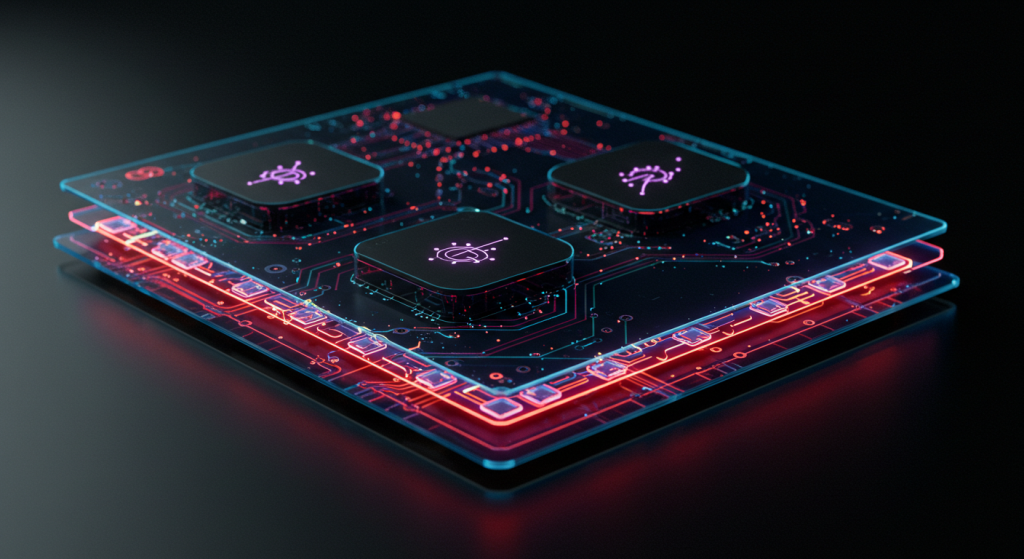
Applications: Force Sensing Capacitive Screens
1. Market Position of Mobile Devices and Tablets
On devices that incorporate a force-sensitive display, shortcuts, zoom, and drawing pressure control can be found.
2. The Touch Panels Auto is a New Product
Force sensing displays the current state of force sensing displays is currently utilized on the dashboards of modern cars to prevent erroneous touches on the dash, as well as being installed on the gloves to present some sort of tactile sensing technology.
3. Medical Equipment
The accuracy and confidence levels that force sensing capacitive touch provides to medical practitioners during the input of information that includes the strength of touch through surgical gloves are eminent.
4. Industrial Interfaces
Capacitive screens involving capacitive sense pressure are applied in rough industrial production, which enhances improved accuracy of control and are accompanied by a combination of human-machine interface (HMI) systems.
5. Wearable Devices
Fitness bands and smart watches also incorporate the use of force capacitive displays to recognize different gestures of the user without the bulky displays.
6. Gaming Consoles
The advantages of pressure-sensitive capacitive touch interface are under the category of gaming pads and portable consoles, which create the possibility of a more immersive experience. Want everything a little more niche? You can also find our start-up brand at Wanty, where we are working hard to make interactive technology individualized to your business requirements.
Under Engineering Deep Dive: Technical
To arrive at the real taste of the magic of these dainty screens, we shall approach it now in the engineering and design fashion:
- Force Sensor Array: This consists of several sensors spread across the screen to sense the local, or even uniform, pressure.
- Capacitive Layer, Design: This has been envisaged to be touch responsive to capacitance and pressure.
- Touchscreen: Sensor Fusion: Plays around with information given out by capacitive sensors and force sensors to allow greater precision.
Why are Industries Heading Toward Utilizing a Force-Sensitive Touch Panel?
- More certainty about the operations
- Increased security using pressure-based biometric identification
- Fewer errors in severe outdoor conditions
- Lower in maintenance owing to the minimal mechanical parts in it that are mechanical
Whatever the application (consumer electronics, head unit, industrial equipment), force sensing capacitive screen offers a future-proof solution.
Conclusion
The rate of increase in technology is also on the higher side, and thus the an anticipation of a greater expectation in an intelligent interface. The force-sensing capacitive screen is not only a hardware jump but a paradigm shift towards the way a person thinks in terms of user interaction. The touch is complemented by the freedom of swiping, drawing, and choosing, and in the realm of the gameplay by the added dimension of force feedback. We do not get seduced by fashion at WANTY; we create it. To start with, we can discuss with you how we can turn around your product with our high-sensitivity touchscreen products.
Related Topics
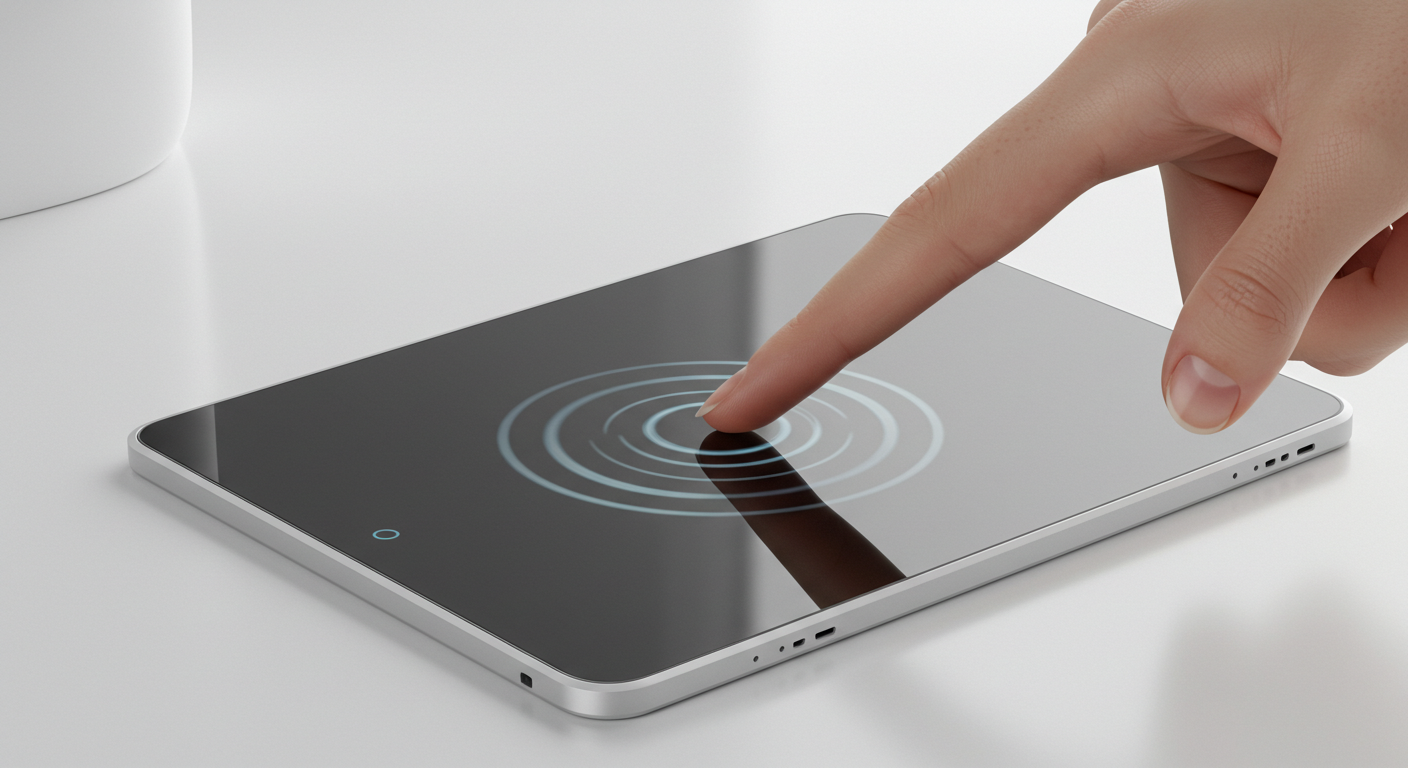
Capacitive Touch Integrated Touchscreen: 2025 Technology
Aug-25-2025
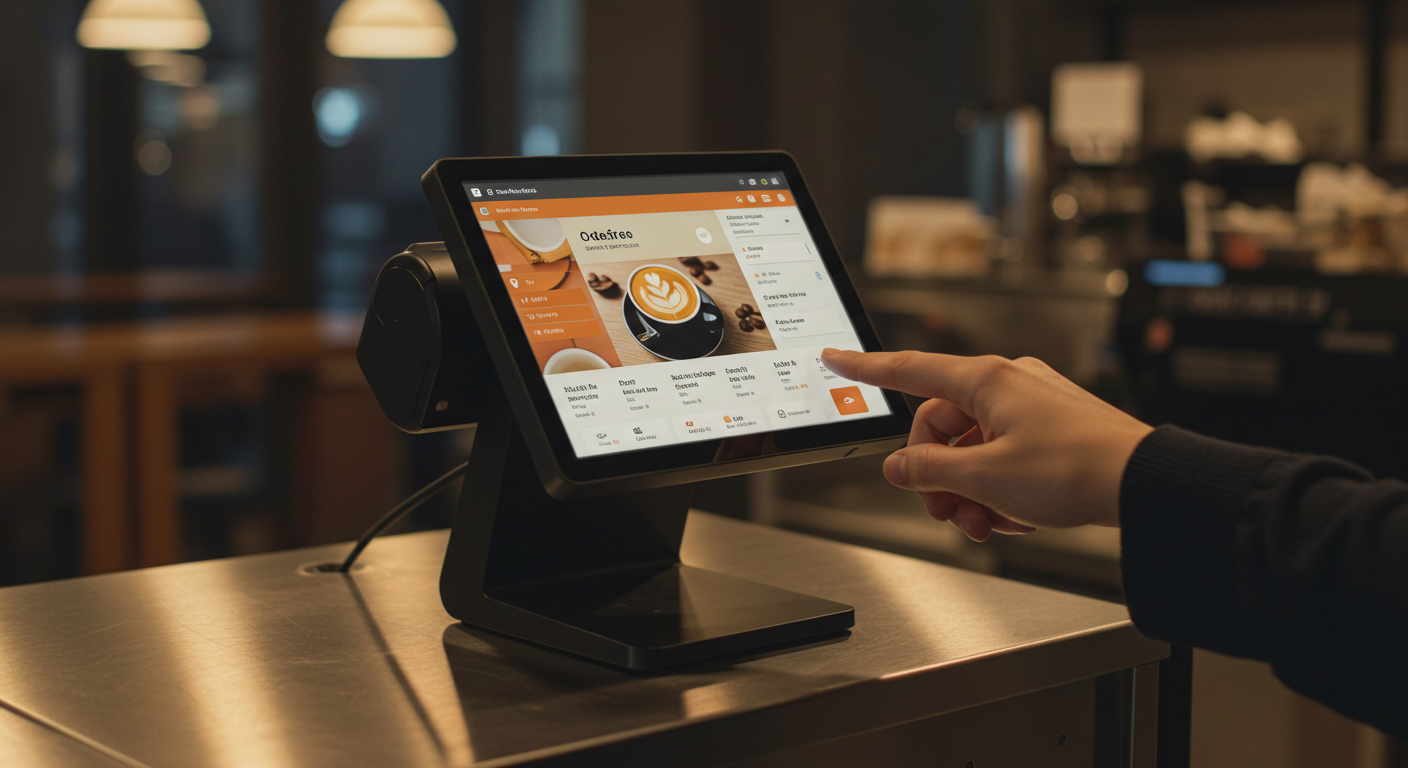
Capacitive Touch Screen POS Terminal – Next-Gen Solutions
Aug-25-2025
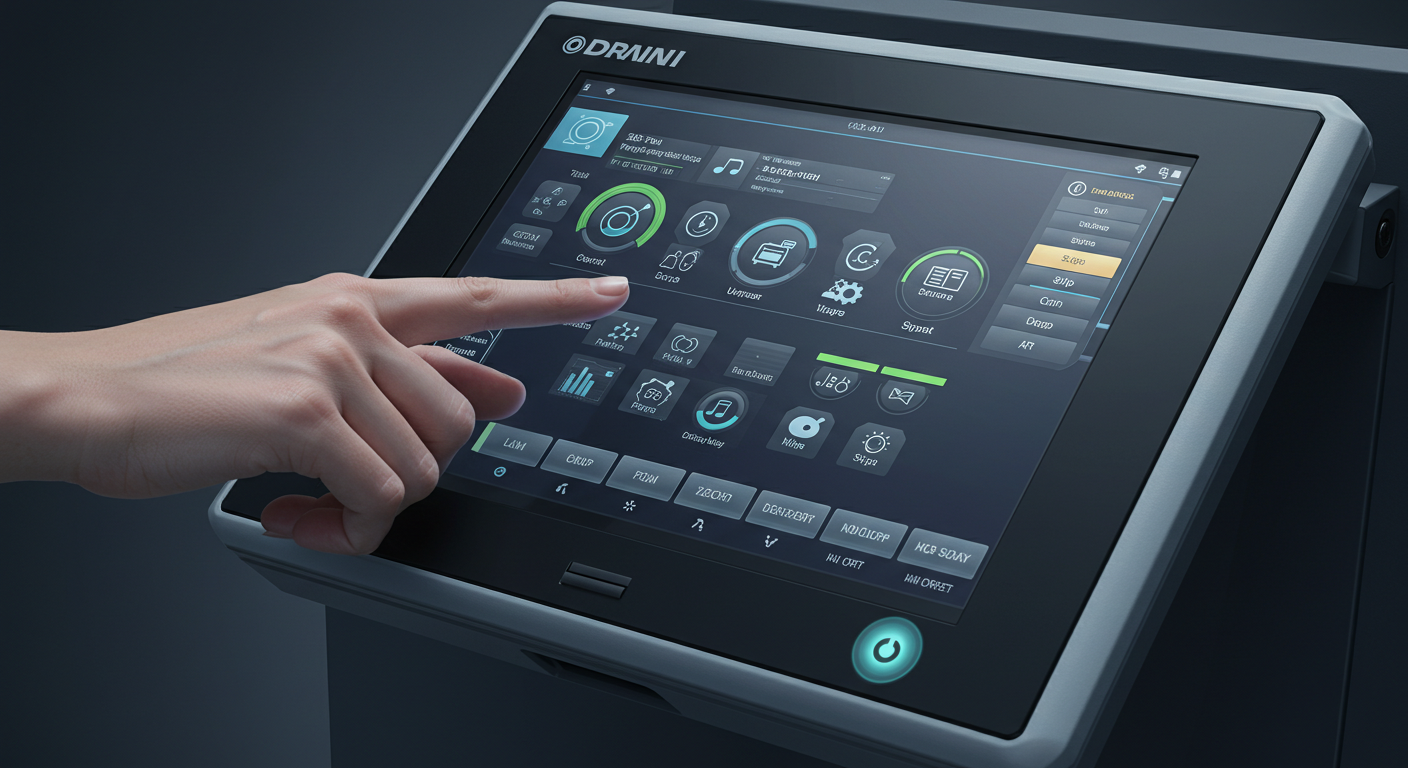
Capacitive Touch HMI Interface | Durable & Ergonomic Control
Aug-24-2025
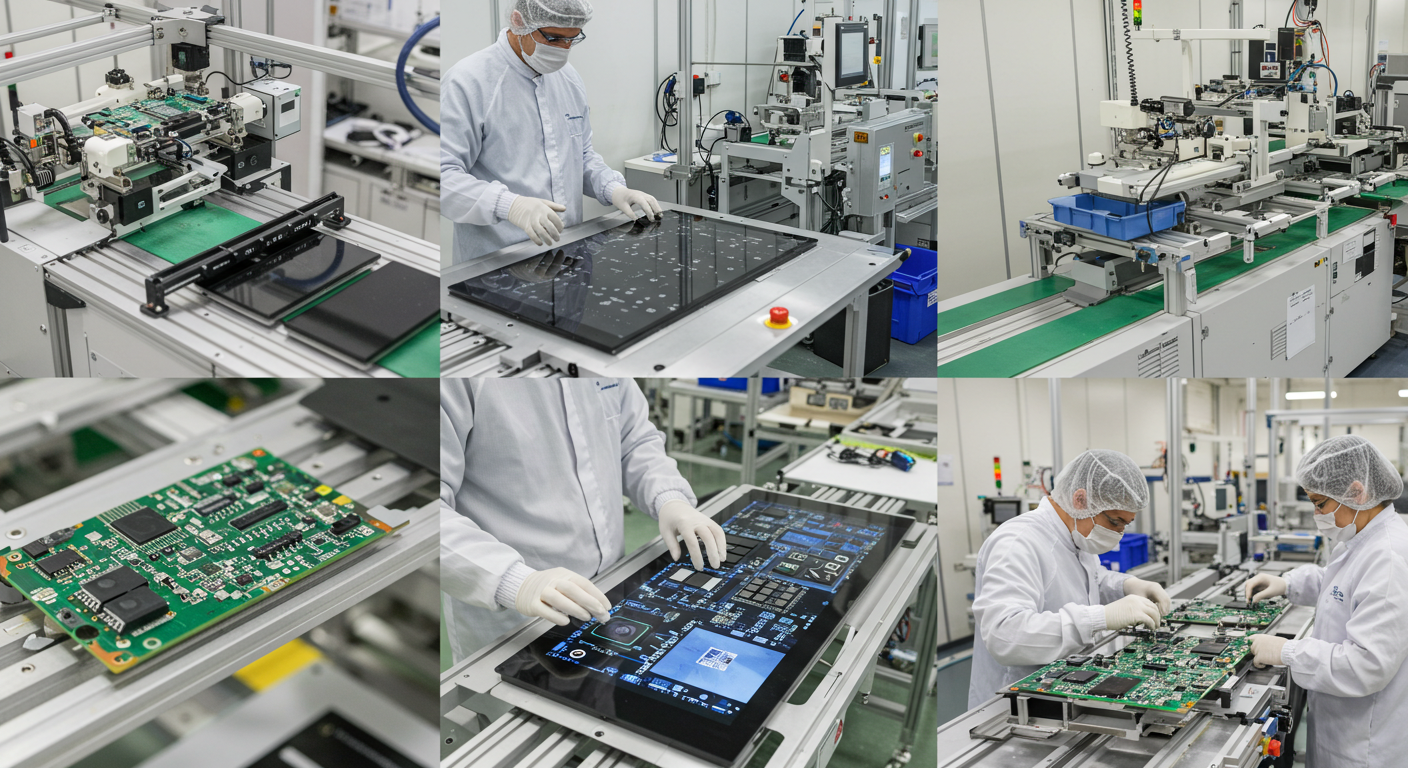
Capacitive Panel OEM Manufacturers – Custom Touchscreen Solutions
Aug-24-2025
Get a Free Quote
✔ 16 Years Manufacture Service ★★★★★
✔ 3 Technical Experts And 52+ Project Engineers Will Assiste You
✔ Wanty Employs Over 52 Engineers, Many Of Whom Come From Leading Tft Lcd Module Companies Such As Tianma And Boe-Varitronix. Each Core Team Member Brings 15 Years Of Industry Experience.
✔ If you would like more information about our products and services, please contact us. Whether you need a standard solution or a customized one, we are here to meet your needs.
✔ Please complete the form below, and the selected location will contact you promptly. Thank you for visiting, and have a great day!
